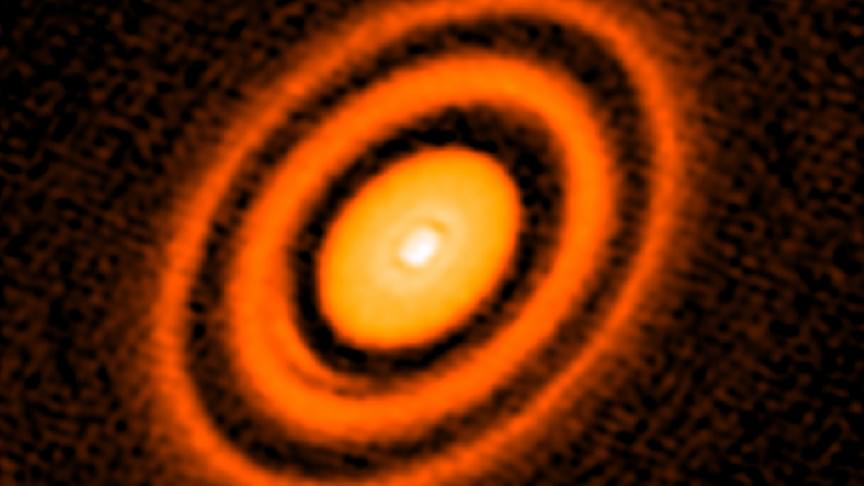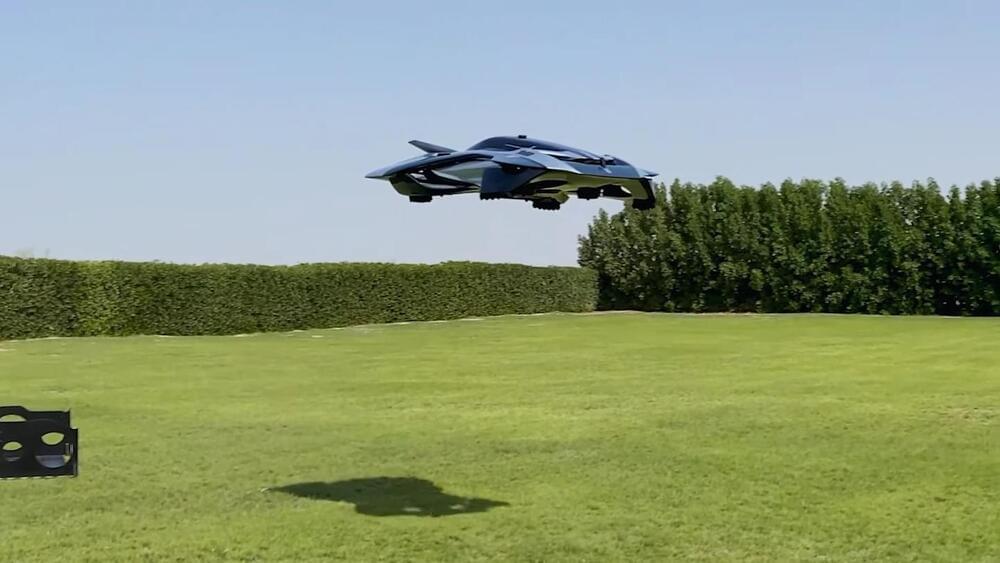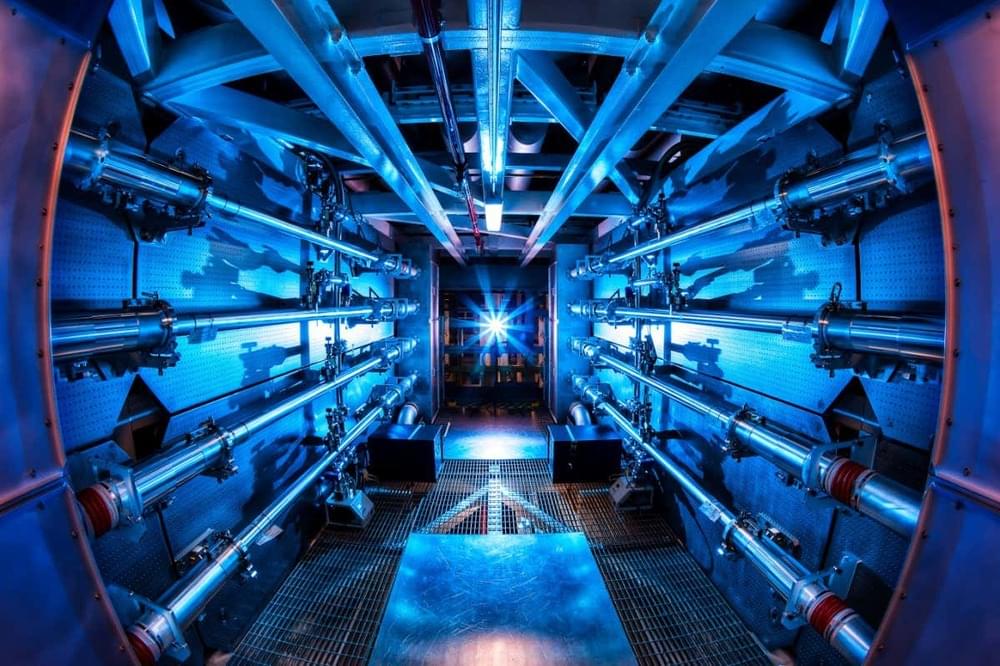Sagittarius A* keeps flashing randomly on a daily basis. Astronomers mapped 15 years of radiation bursts to try to figure out why.
The supermassive black hole at the center of the Milky Way, Sagittarius A*, keeps releasing random bursts of radiation on a daily basis and no one can figure out what is causing it. Now, an international team of researchers compiled 15 years of data to try and solve the mystery.
The team, led by a postgraduate student named Alexis Andrés, mapped a decade and a half’s worth of gamma-ray bursts from Sagittarius A* using NASA’s Neil Gehrels Swift Observatory.
These bursts ranged from tens to hundreds of times brighter than the normal signals sent out by the supermassive black hole at the heart of our galaxy, but they don’t appear to follow a discernable pattern.
The data from 2006 to 2008 show high levels of gamma-ray activity, followed by a rapid four-year-long drop, after which activity shot back up, starting in 2012.
Full Story:








